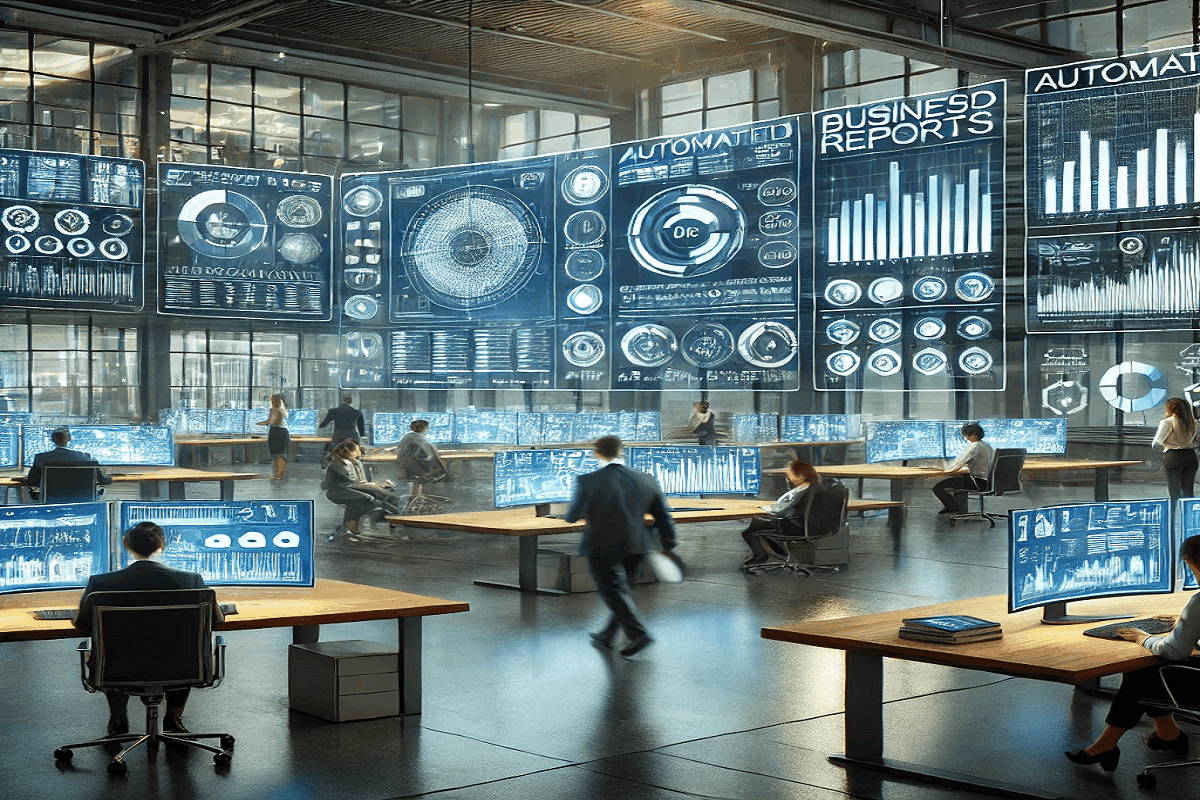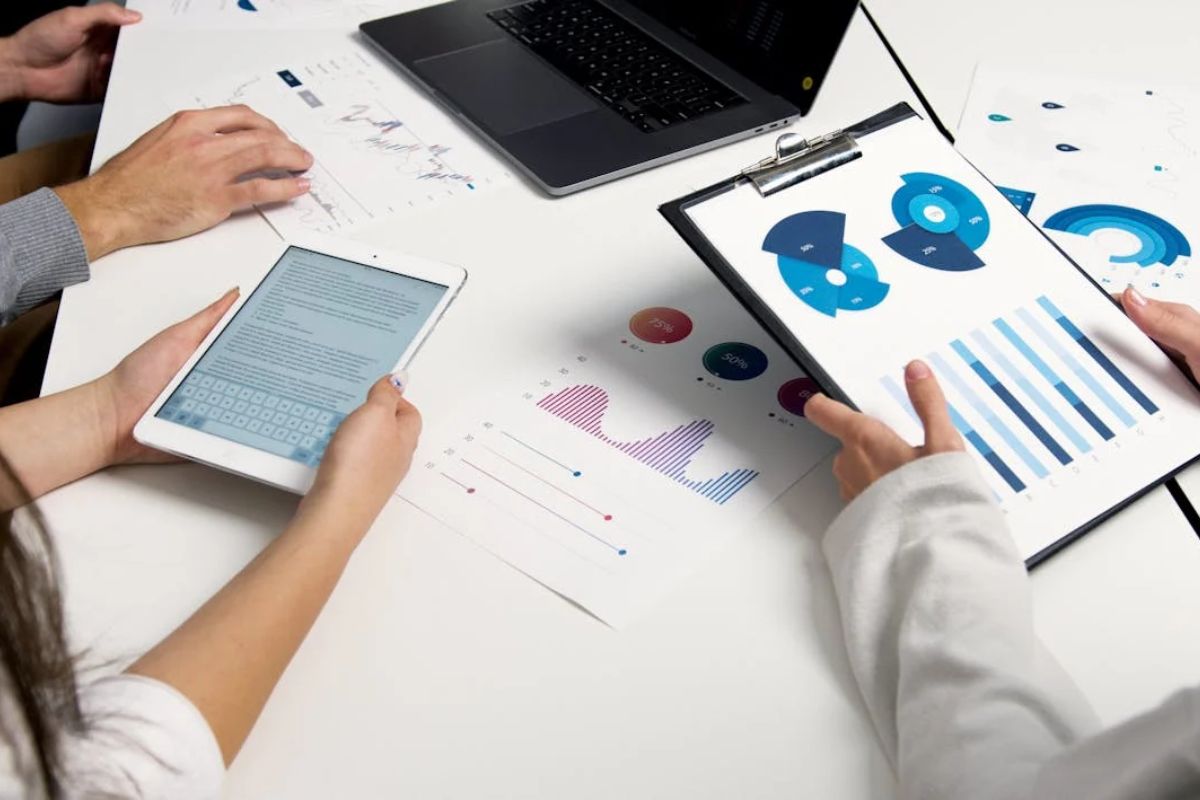Data is at the heart of business decision-making. However, raw data, though abundant, can often be overwhelming and difficult to interpret. This is where custom data visualization services and advanced data visualization solutions come into play. By transforming complex datasets into visually compelling and easy-to-understand visuals, these services enable businesses to derive meaningful insights and make data-driven decisions faster and more effectively.
What is Data Visualization?
Data visualization is the graphical representation of information and data using charts, graphs, maps, and other visual formats. The purpose of data visualization is to present data in a way that makes it easier for people to understand patterns, trends, and outliers in the data. It helps businesses make sense of their information, offering a clearer and more engaging view of what the data means.
While simple charts and graphs might suffice for basic data, modern advanced data visualization solutions offer dynamic, interactive visuals that allow users to explore the data from multiple angles. These tools provide a deeper level of engagement, enabling organizations to uncover insights that would be difficult to detect from static charts.
Why Do Businesses Need Custom Data Visualization Services?
Enhanced Data Interpretation: Large datasets can be intimidating and confusing without proper visualization. Custom data visualization services create tailored visuals that cater to the specific needs of a business. Whether it’s financial reports, sales data, or customer analytics, custom visuals can help organizations quickly identify trends and outliers, ensuring a clearer understanding of key metrics.
Better Decision-Making: By transforming complex data into understandable visuals, businesses can make informed decisions faster. A well-designed data visualization highlights the most important points, allowing decision-makers to act on insights immediately, without wading through complex spreadsheets or reports.
Improved Communication: Data is often used to communicate important information to stakeholders, clients, or teams. Custom data visualizations make this communication more effective by simplifying complex information into digestible formats. This improves collaboration, engagement, and clarity, especially when presenting to non-technical audiences.
Real-Time Data Monitoring: Advanced data visualization solutions often come with real-time data integration. Businesses can monitor key metrics continuously and make adjustments on the fly. Real-time dashboards offer live updates, ensuring that decisions are based on the most current information available.
Storytelling Through Data: Good data visualization tells a story. By effectively communicating the data, businesses can make a more significant impact on their audience. A strong narrative, supported by data, allows companies to better influence and persuade stakeholders with compelling insights.
Key Features of Advanced Data Visualization Solutions
Interactivity: Interactive dashboards allow users to manipulate and filter data on the fly, helping them explore different views of the data. Users can drill down into specific segments, zoom in on trends, or adjust parameters to get customized views, all in real-time. This level of interactivity makes the analysis process dynamic and user-centric.
Integration with Multiple Data Sources: Advanced data visualization solutions often integrate with various data sources, such as CRMs, ERP systems, and social media platforms. This integration allows businesses to bring together different datasets into one unified visual format, providing a holistic view of operations and performance.
Customizable Dashboards: Customization is key to ensuring that the visualizations meet the specific needs of an organization. Custom dashboards can be designed to highlight particular data points, set specific goals, and present data in the most relevant way for each team or department.
Predictive Analytics: Some advanced data visualization solutions include predictive analytics tools that use historical data to forecast future trends. Businesses can visualize potential outcomes, allowing them to prepare for various scenarios and make proactive decisions
Mobile Accessibility: With the increasing reliance on mobile devices for work, many data visualization services now offer mobile-optimized dashboards. This ensures that business leaders can monitor key metrics and make decisions on-the-go, ensuring continuous access to vital data.
Benefits of Custom Data Visualization Services
Time Efficiency: Custom data visualization services allow businesses to automate the process of data analysis and reporting. Instead of manually sifting through rows and columns of data, decision-makers can instantly access visuals that highlight the most important points, saving time and boosting efficiency.
Clarity in Complex Data: For businesses dealing with large or complex datasets, custom visualizations can simplify even the most intricate information. Tailored visuals ensure that complex relationships, trends, and insights are presented clearly and comprehensively, making them accessible to all stakeholders.
Better Data-Driven Culture: By incorporating data visualization into daily operations, businesses can foster a more data-driven culture. Employees at all levels can understand and interact with data, empowering them to make decisions that are based on facts rather than intuition or guesswork.
Improved Customer Engagement: For businesses with customer-facing data, such as e-commerce platforms or marketing agencies, advanced data visualization solutions can be used to engage customers more effectively. For instance, visualizing customer behavior or purchase patterns can enhance customer experiences, leading to more personalized services.
Competitive Advantage: Businesses that leverage custom data visualization services gain a competitive edge by making more informed decisions, spotting trends earlier, and adapting quickly to changing market conditions. By visualizing key metrics and performance indicators, businesses can stay ahead of the competition.
How to Choose the Right Data Visualization Service
When selecting a data visualization service, businesses should consider the following factors:
Customization: Does the solution allow you to tailor visualizations to meet your specific needs? A solution that offers flexible customization will be more beneficial in the long run.
Ease of Use: Choose a solution that is intuitive and user-friendly. A tool that’s easy to use will reduce the learning curve for your team and increase adoption rates.
Integration Capabilities: Ensure that the solution can integrate with your existing data sources and platforms. Seamless integration will help you centralize your data for more efficient analysis.
Scalability: Your business may grow, and your data needs will evolve. Ensure the solution you choose is scalable to accommodate future growth.
Advanced data visualization solutions and custom data visualization services are invaluable tools that allow businesses to harness the full potential of their data. By transforming raw data into meaningful, interactive visuals, organizations can enhance decision-making, improve communication, and drive business success. With the ability to create customized dashboards, integrate real-time data, and present information in a compelling way, these services offer powerful ways to turn complex data into actionable insights that lead to smarter, more efficient business operations.




